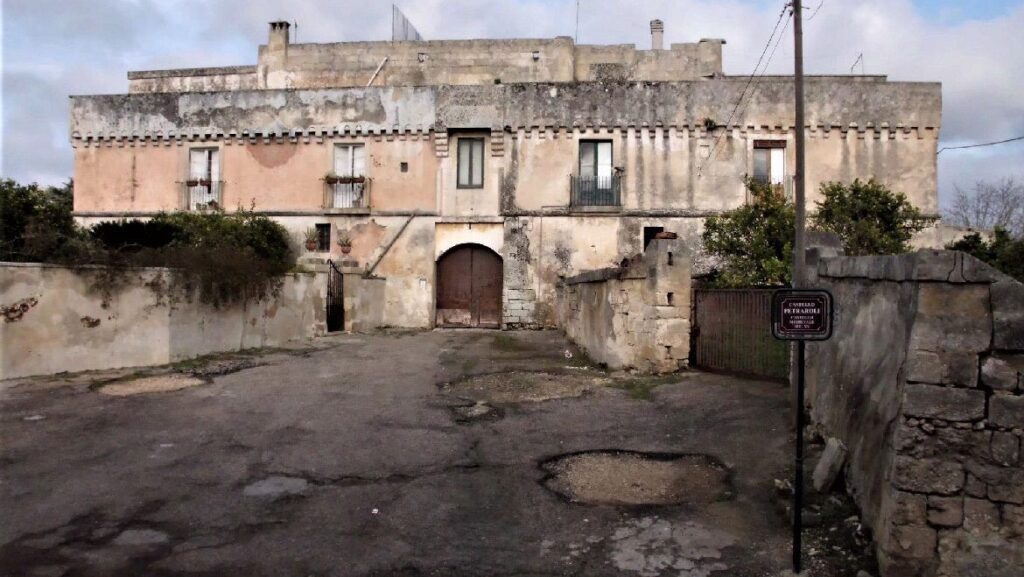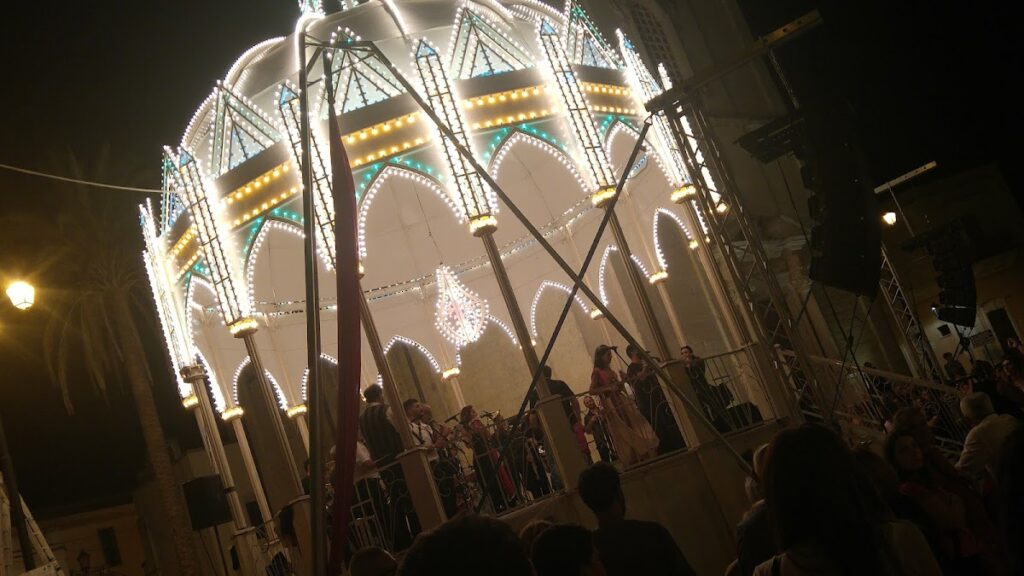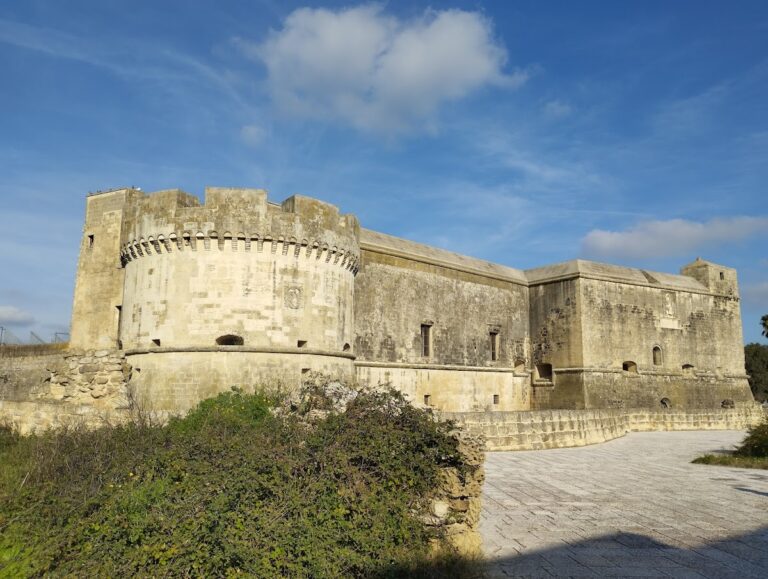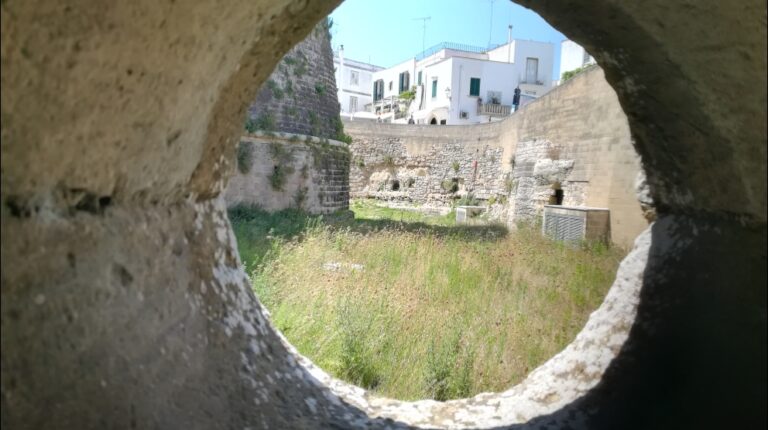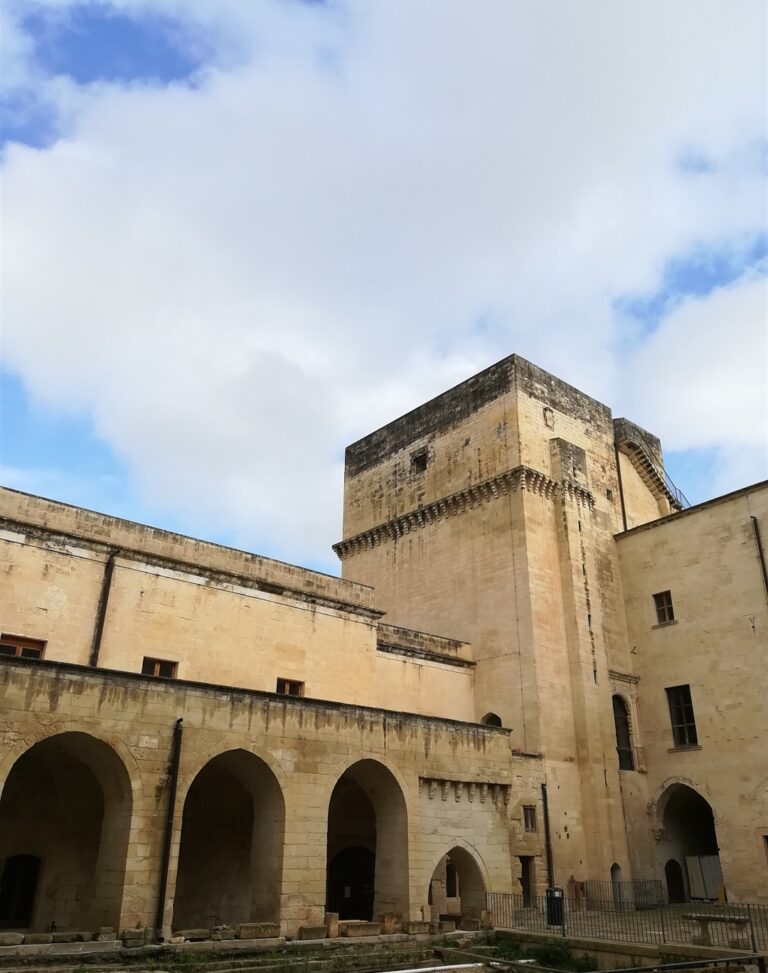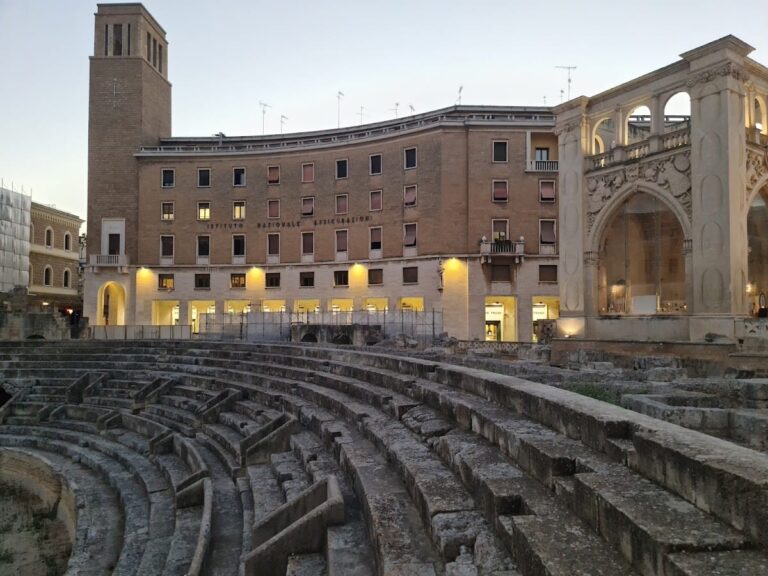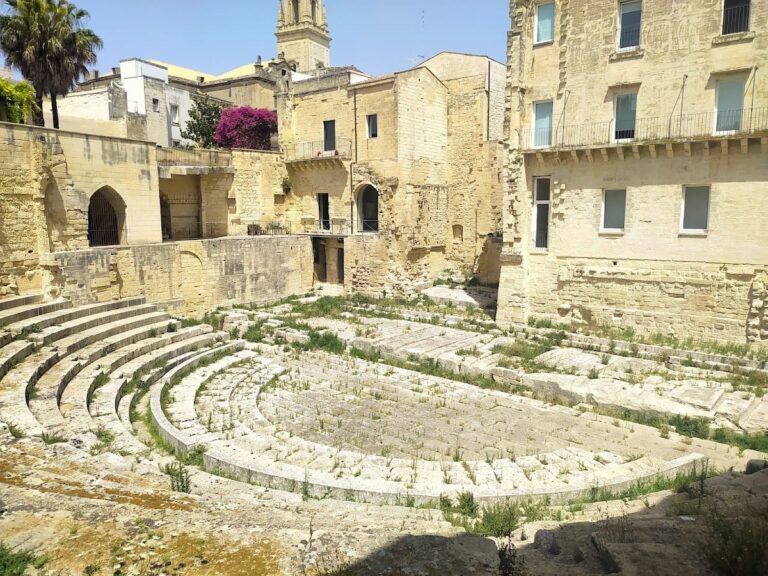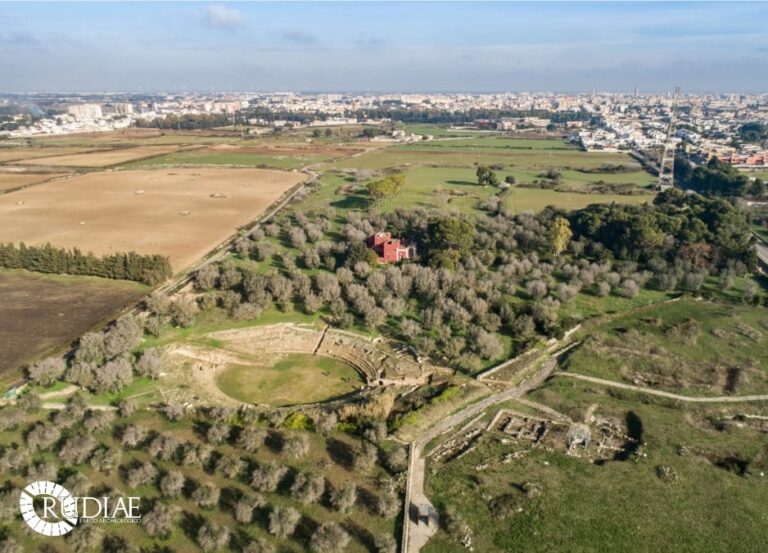Castello di Borgagne: A Historic Fortress in Melendugno, Italy
Visitor Information
Google Rating: 4.2
Popularity: Very Low
Google Maps: View on Google Maps
Country: Italy
Civilization: Unclassified
Remains: Military
History
The Castello di Borgagne stands in the village of Borgagne, within the municipality of Melendugno in Italy. This fortress was built by the Petraroli family as part of their efforts to protect the local community at the edge of the settlement facing the sea.
The earliest recorded phase of construction dates to 1498, when Bellisarius de Petrarolis, the lord of Borgagne, commissioned a defensive tower at the castle’s northeast corner. A stone inscription on the tower’s west wall, bearing the Petraroli family coat of arms, declares that Bellisarius built the tower for King Federico as a loyal subject, aiming to safeguard the inhabitants from external threats. At this time, there appear to have been no prior fortifications in the village, prompting the Petraroli to extend their protective works by erecting the larger castle structure soon after.
By 1531, the castle was officially noted in royal records when a commissioner documented the Petraroli holdings during an assessment of feudal properties. These estates had been confiscated following the Petraroli’s involvement in the anti-Spanish conspiracy led by Neapolitan nobles in the years 1527–1528. Despite this setback, the family eventually regained favor with the crown and recovered their lands.
In 1601, Lucrezia Petraroli sold the fief of Borgagne, which included nearby lands and the castle, to Vincenzo Maria Zimara from Lecce. The sale encompassed multiple fiefs, including Pasulo and the uninhabited San Salvatore. After fifteen years under the Zimara, ownership transferred once again when they sold the fief to Giovan Battista Spinola, a nobleman from Genoa.
Remains
The castle displays a rectangular or nearly square layout centered around an open courtyard. The defensive tower constructed in 1498 is integrated into the northeast corner, connecting the earliest fortification efforts to the later castle walls.
Originally, the castle featured several medieval defensive elements designed to repel attackers. These included machicolations—small openings through which defenders could drop projectiles or boiling substances—arrow slits (referred to as meurtrières or feritoie) for shooting arrows while remaining protected, and a moat (known locally as douves or fossato) surrounding the structure as an additional barrier. These elements reflect the castle’s military purpose during the late 15th and early 16th centuries.
An important historical marker remains on the tower’s western face, where the stone inscription with the Petraroli family crest provides the exact date of construction and commemorates the dedication of the tower to the king. This inscription is a valuable piece of documentary evidence for the castle’s origins.
In later centuries, several renovations and expansions altered the original defensive character of the castle. Notably, modern efforts to transform the structure into a private residence have irreversibly changed some parts, affecting the original military features.
Adjacent to the castle stands a small chapel dedicated to the Madonna del Rosario, reflecting the religious presence associated with the site. The chapel contributes to the overall historical setting, although its date of construction is not specifically recorded in the available sources.
